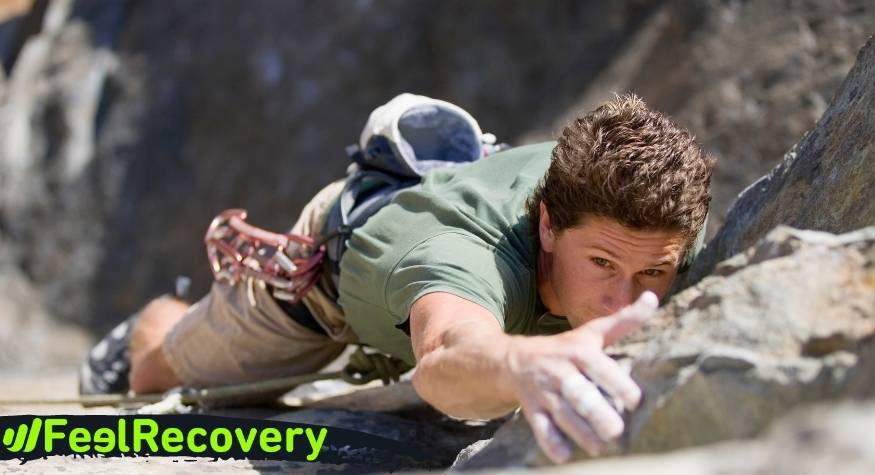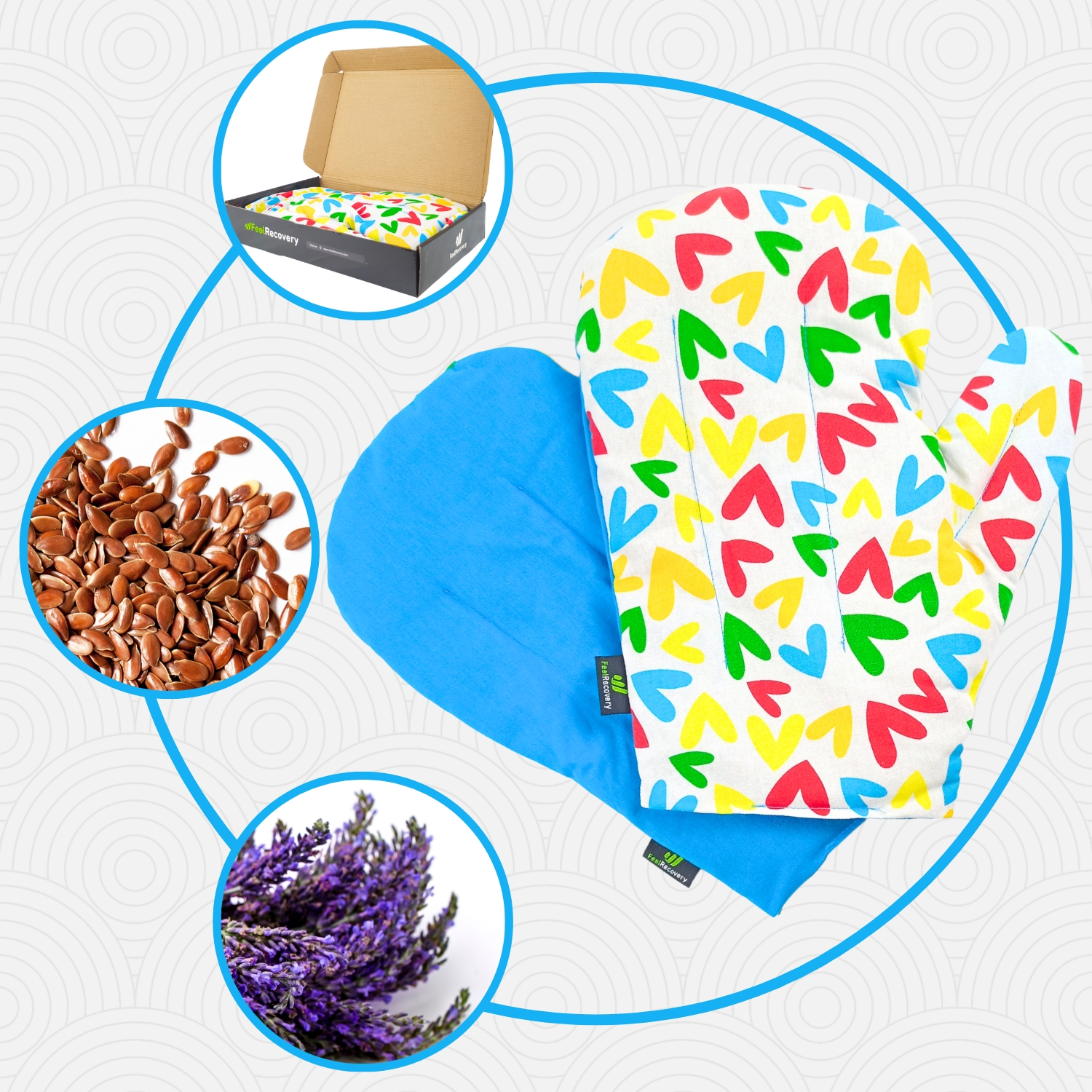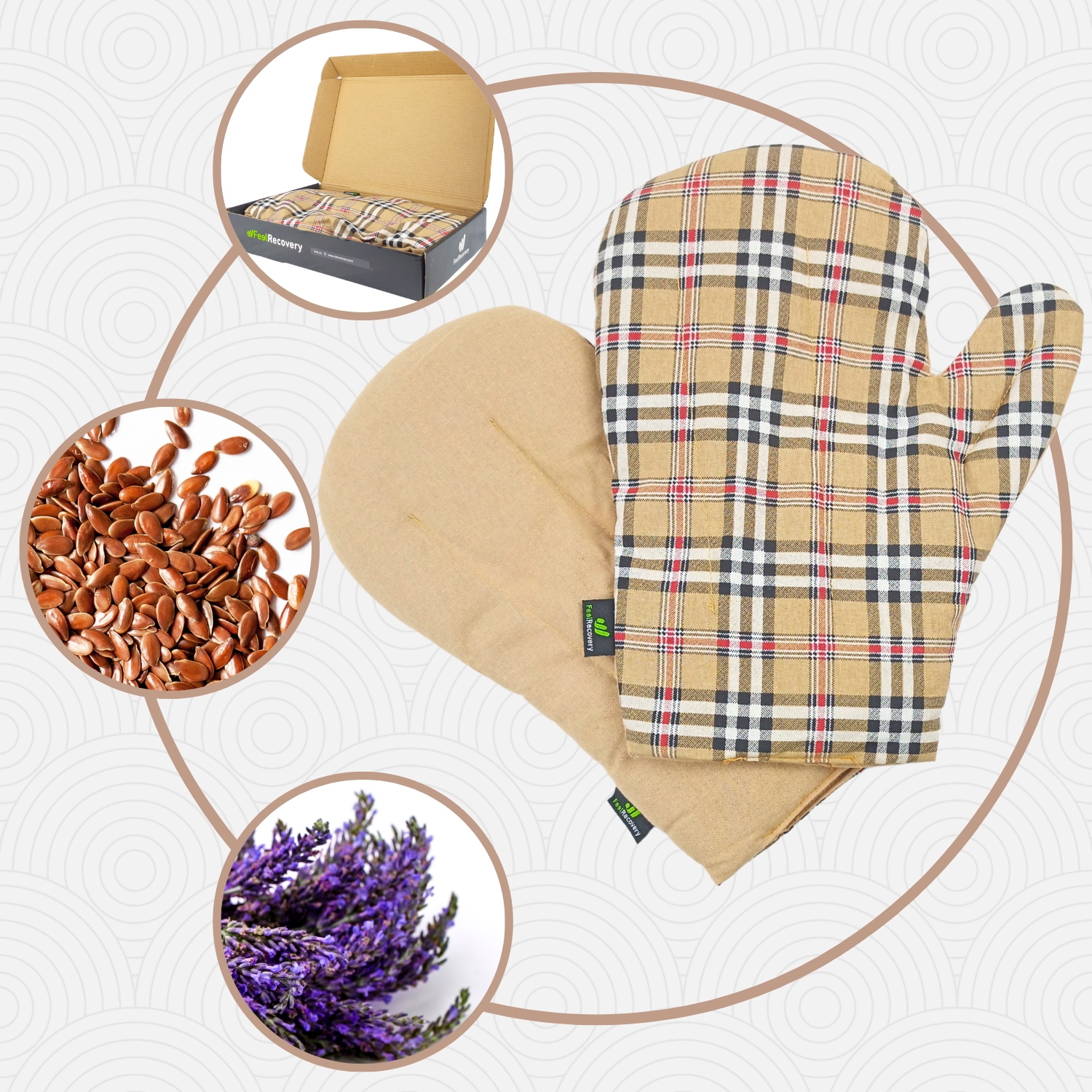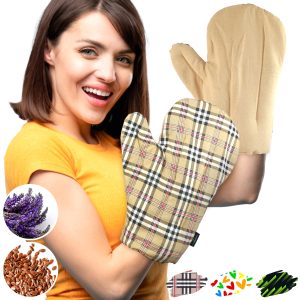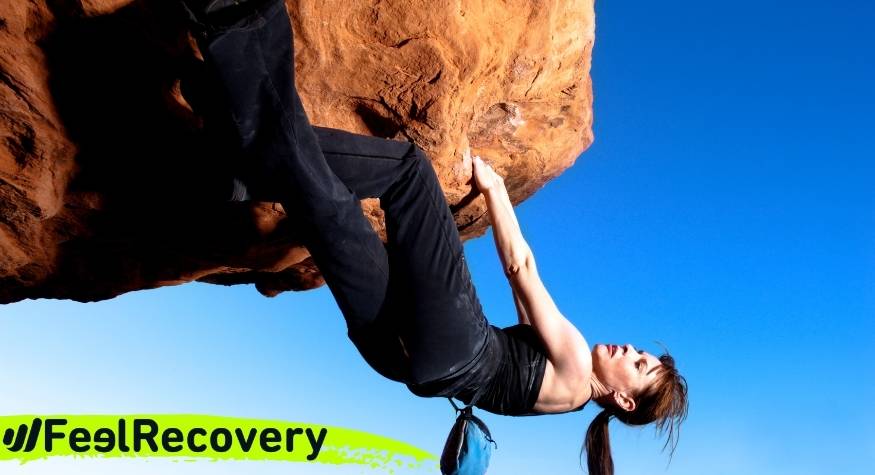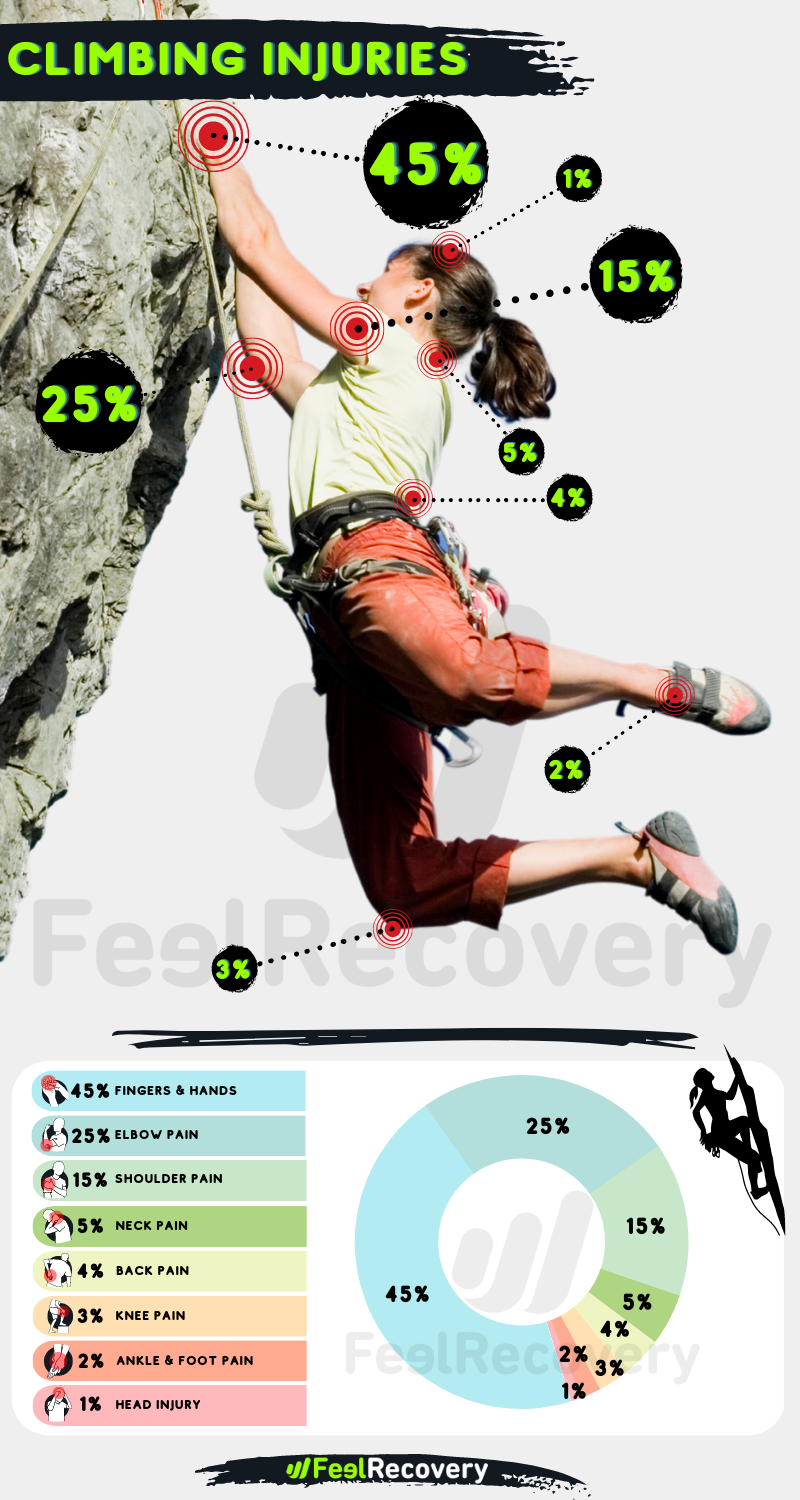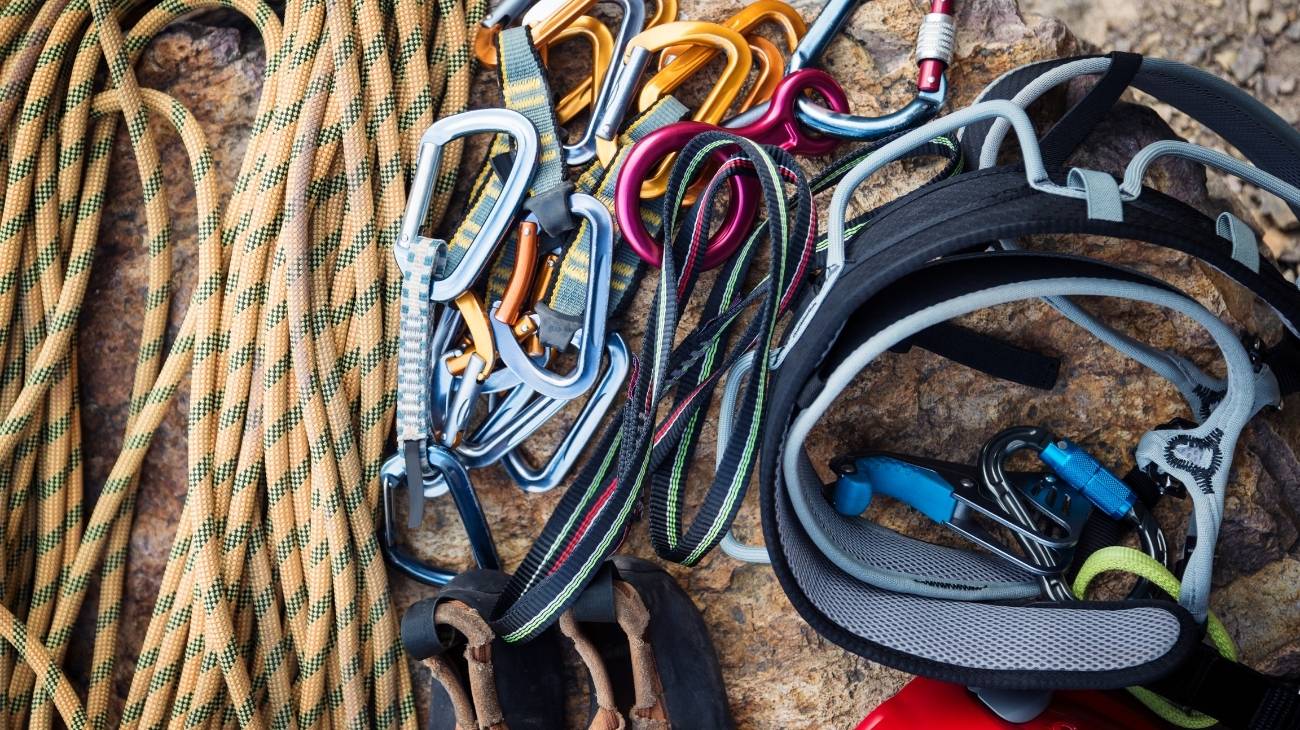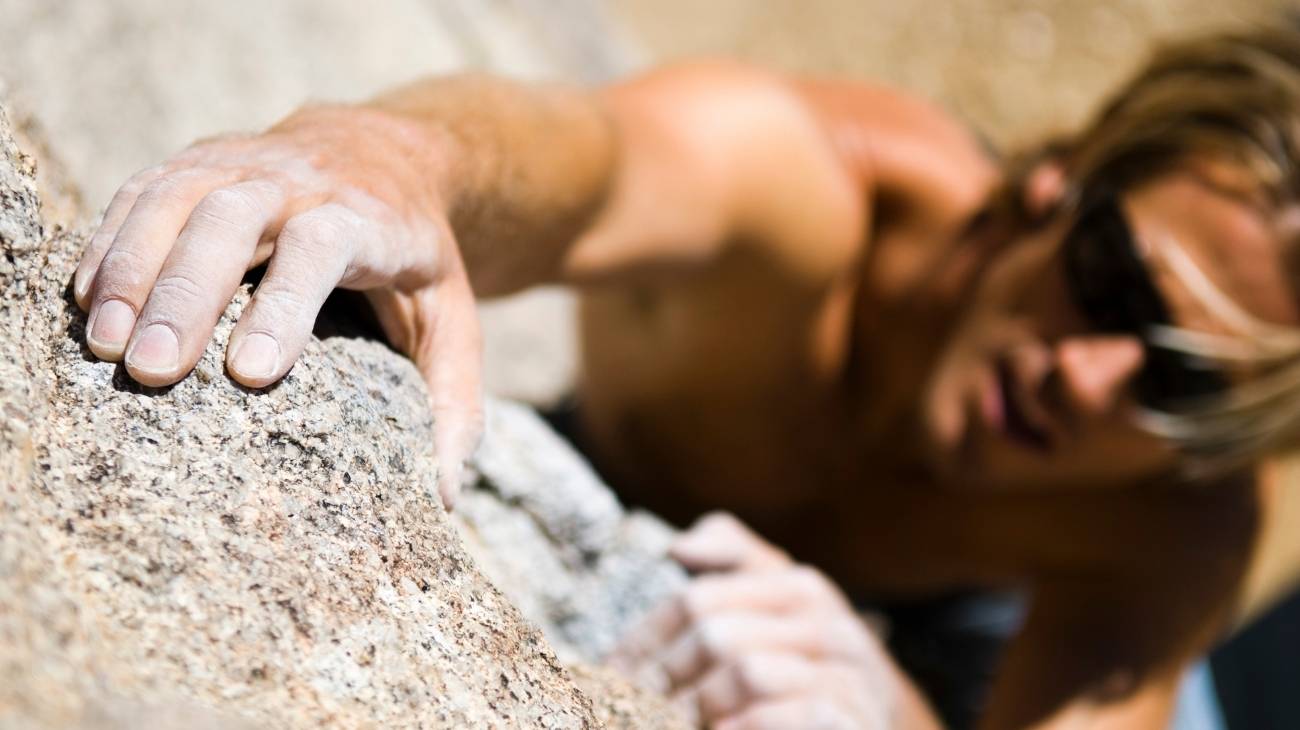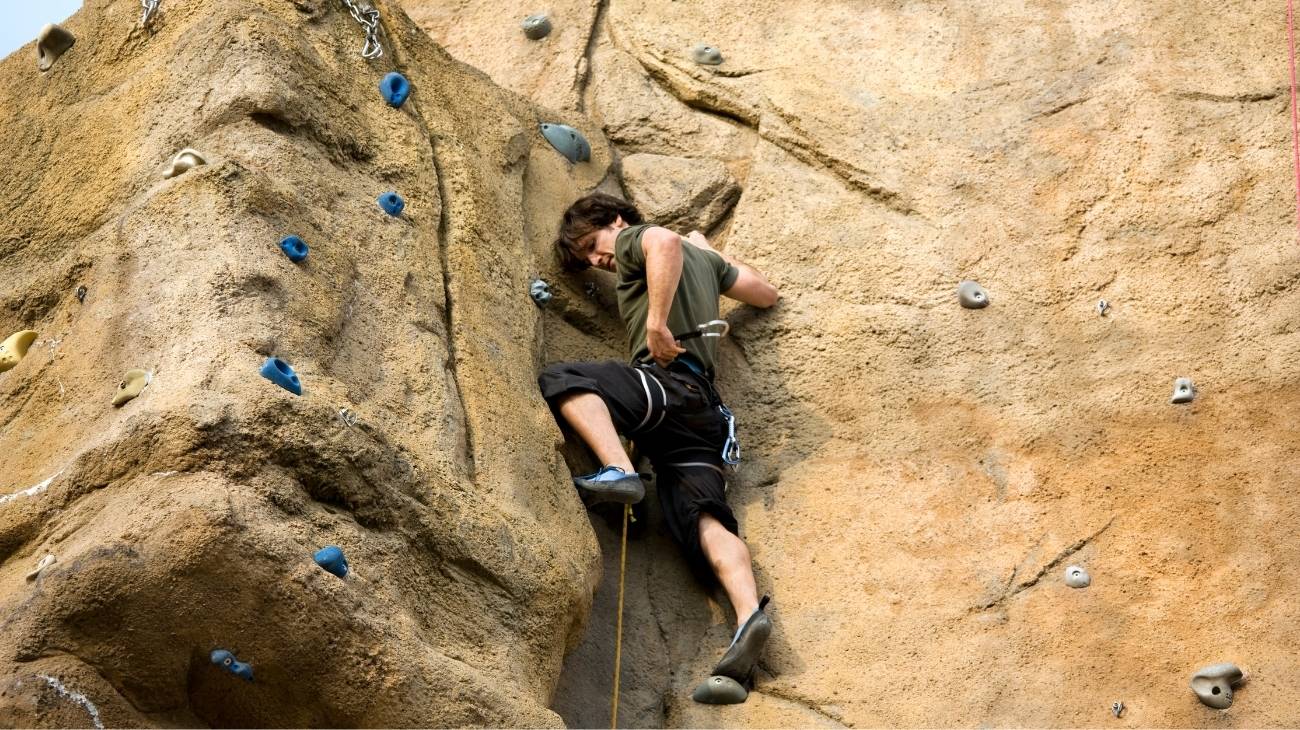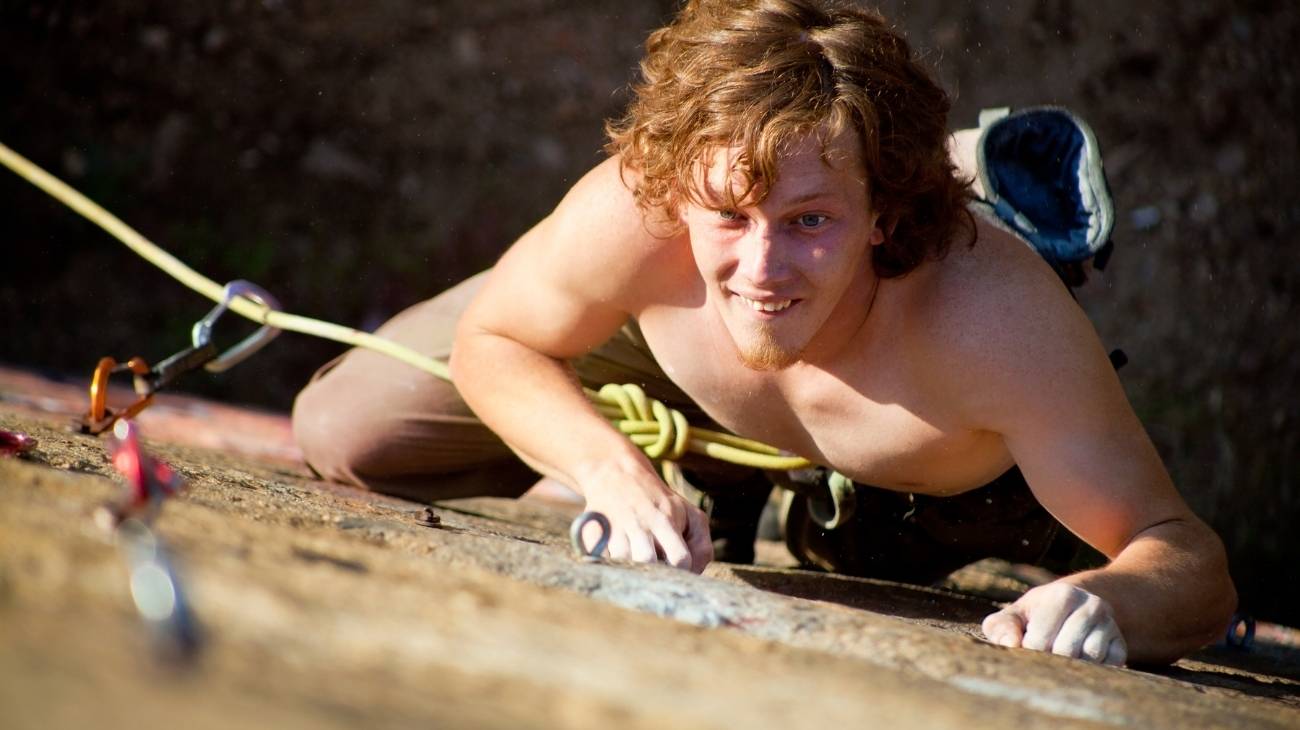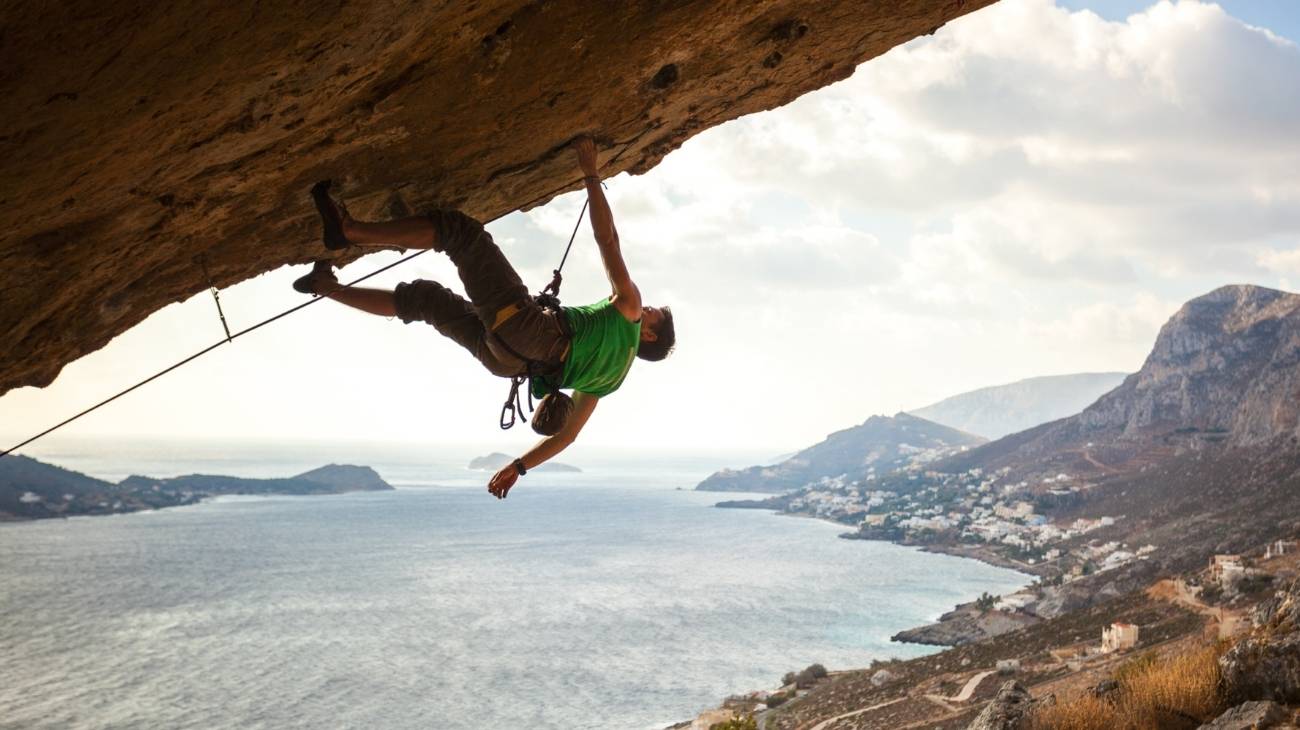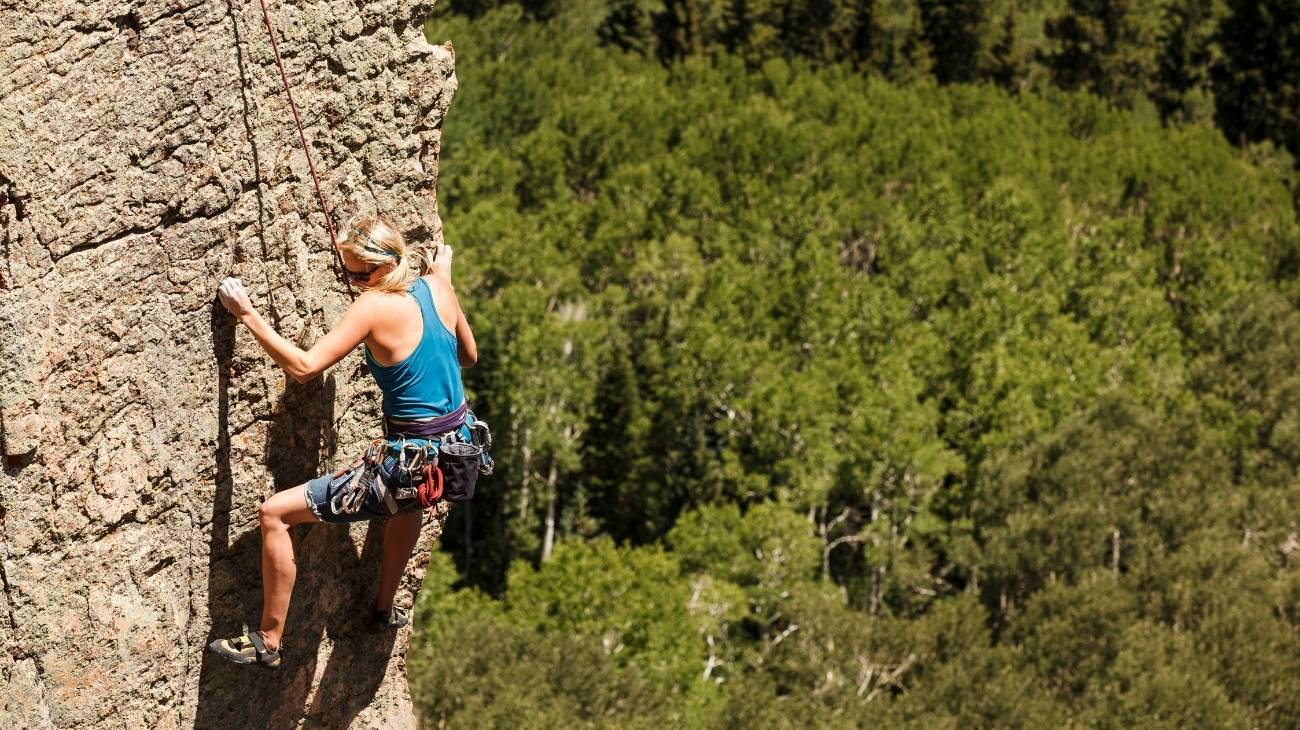Climbing is an extreme sport that subjects the shoulder, hands and knees to great force and stress. However, these joints are not designed to withstand such overload, so they tend to be easily injured.
There are a variety of treatments for sports injuries in rock climbing that resolve and improve a climber's performance. One of the most commonly used to treat mild to moderate injuries is the RICE therapy. However, for more serious injuries , surgical treatment should be considered.
What are the most common types of injuries when we do rock climbing or mountain sports?
As we have already mentioned, the areas most affected during climbing are the shoulder, wrists, hands and knees. The hands, especially the fingers, have to withstand very intense stresses, and as they have such small muscles and ligaments, they are easily injured.
Fortunately, we show you a list of the most frequent injuries in this practice:
- SLAP lesions: This is an injury of degenerative origin involving partial or total rupture of the superior labrum. In climbing it is caused by traumatic injuries due to falls or slipping of the feet. The climber is left hanging from one arm only, which causes a sudden traction that leads to a tear or detachment. It causes diffuse pain at shoulder level accompanied by difficulty in raising the arm, clicking and loss of muscle strength.
- Rotator cuff tear and tendonitis: These are two different but closely related injuries. Tendonitis is considered an inflammation due to irritation of the tendons that make up the rotator cuff. The tear or rupture is caused by overloading and sudden movements at the shoulder. In mountaineers or climbers, it is the sudden and repetitive movements when rock climbing that cause them. These injuries cause diffuse pain in the shoulder, difficulty in raising the arm, popping and swelling...
- Dislocation or dislocation of the shoulder: This involves the removal of the humeral head from the glenoid socket of the scapula. It is a common injury in inexperienced mountaineers or climbers with poor muscle development. This causes instability in the shoulder joint resulting in severe pain, difficulty moving the arm and swelling. It can also lead to numbness and muscle weakness.
- Tear of the triangular fibrocartilage complex: This is a partial or complete tear of a structure located over the carpal bones and the distal portion of the ulna. It is known as triangular fibrocartilage and is torn due to overloads from inverted grips that generate mechanical stress. Its symptoms are pain in the palm of the hand that worsens with gripping and leaning, stiffness and instability.
- Strain of the flexor tendons of the fingers: This is a very common injury in mountaineers because the hands and fingers are their main support. Sudden stresses and excessive loads generated by slipping can strain these structures. The main symptoms are pain, swelling and difficulty flexing the fingers.
- Collateral ligament sprain of the toes: This is the partial or total strain or tear of the ligaments found in the interphalangeal joints. They are the result of excessive stress and abrupt tensions from very forced movements at the level of the fingers. It is an injury that causes severe pain, swelling, difficulty in moving the affected finger and sometimes bruising.
- Hand and finger fractures: This is a serious injury involving the partial or total breakage of one or more fingers. They are generally due to severe trauma from falls and stress on the bones of the hand due to overloading. They are very important injuries for climbers and cause severe pain, immediate swelling, functional limitation and bruising.
- Tenosynovitis in wrists and hands: This is chronic inflammation at the level of the tendon sheath due to inadequate and forced movements. Overloads are generated by single-handed grips, half phalangeal strips, among others. Pain is produced in the palm of the hand or wrist and difficulty in moving or gripping.
- Knee sprain: This is an injury to the ligaments that make up the knee joint due to strains or tears. In climbing, some movements cause excessive strain of the collateral and anterior cruciate ligaments. This results in swelling, pain, instability, popping and difficulty in movement.
- Fractures: These include partial or total breakage of the bones that make up the knee and leg. They are usually caused mainly by trauma and falls, although they are also associated with sudden movements with excessive stress. Fractures generate intense pain, deformity, swelling and functional impotence.
Best products for climbing injury recovery
Bestseller
-
2 Elbow Compression Sleeve (Black/Gray)
£20,95 -
2 Elbow Compression Sleeve (Green/Navy)
£20,95 -
2 Elbow Compression Sleeve (Pink/Bordeaux)
£20,95 -
2 Knee Compression Sleeve (Black/Gray)
£20,95 -
2 Knee Compression Sleeve (Green/Navy)
£20,95 -
2 Knee Compression Sleeve (Pink/Bordeaux)
£20,95 -
2 Mittens: Microwave Arthritis Gloves (Hearts)
£24,95 -
2 Mittens: Microwave Arthritis Gloves (Oxford)
£24,95 -
Wheat Bag for Microwave Classic Bottle Shaped (Hearts)
£20,95 -
Wheat Bag for Microwave Classic Bottle Shaped (Oxford)
£20,95 -
Wheat Bag for Microwave Classic Bottle Shaped (Sport)
£20,95
-
2 Patella Knee Strap (Black/Gray)
£12,95 -
2 Patella Knee Strap (Green/Navy)
£12,95 -
2 Patella Knee Strap (Pink/Bordeaux)
£12,95 -
Foot Massage Roller for Plantar Fasciitis (Black)
£20,95 -
Foot Massage Roller for Plantar Fasciitis (Green)
£20,95 -
Foot Massage Roller for Plantar Fasciitis (Pink)
£20,95 -
Ice Massage Roller Ball (Black)
£34,95 -
Ice Massage Roller Ball (Green)
£34,95 -
Ice Massage Roller Ball (Pink)
£34,95 -
Shoulder Support Brace (Black)
£24,95 -
Shoulder Support Brace (Green)
£24,95 -
Shoulder Support Brace (Pink)
£24,95 -
Soft Density Foam Roller for Recovery (Black)
£34,95 -
Soft Density Foam Roller for Recovery (Green)
£34,95 -
Soft Density Foam Roller for Recovery (Pink)
£34,95
How to apply the RICE therapy to treat first aid injuries in rock climbing?
The RICE therapy is one of the most useful methods for climbers or mountaineers due to the ease of its techniques. Today, the techniques of the RICE protocol have been updated with the PRICE therapy, but the former is still better known.
The correct way to apply this therapy in case of injuries is as follows:
- Protection: The first step with any injury is to provide proper protection to prevent worsening of the injury condition. You can help with orthoses, joint supports or simply place an elastic bandage if the area allows it.
- Rest: Together with the elastic bandage, the injured area should be placed in relative rest. It is called relative rest because it should not be total, but should, as far as possible, limit only the movements that involve the injured area. This rest should not exceed 48 hours to avoid causing joint or muscle stiffness in the injured area.
- Ice: The placement of ice is also an important point as it will prevent inflammation and soothe the pain. It is recommended to place it on the affected area for 20 minutes, every 2 hours for 2 to 3 days. It is important not to place it directly on the skin, but by means of compresses or gel packs covered with a cloth.
- Compression: Compression can be exerted by placing an elastic bandage to reduce oedema formation. It should not be excessive, but just enough compression to avoid too much restriction of blood flow. It is easy to recognise when the compression is correct because it will allow the fingers to slide easily under it.
- Elevation: It is important to perform elevation times of the area to help increase venous return and avoid further swelling and pain. The correct way is to elevate the area 30 cm above the level of the heart.
Surgical treatments to cure severe or chronic injuries in climbers or mountaineers
Some severe acute and chronic injuries that occur in climbers or mountaineers require surgical resolution. This is most often the case when there is significant ligament, bone and joint involvement.
For this reason we have prepared a summary of the most frequent surgeries according to the affected area:
Shoulder injuries
The most common shoulder injuries include tendinopathies, tears, dislocations, bursitis and, less frequently, fractures.
Among the most frequent surgical treatments we can mention:
- Open shoulder repair surgery: This is considered one of the most invasive surgical methods and is therefore usually performed in the most severe cases. A large incision is made to clearly visualise and repair soft tissue and joint damage. Recovery is very slow, but can be very effective if no complications occur.
- Arthroscopic shoulder surgery: This is currently considered one of the most effective and least invasive surgical techniques. It only requires a small incision at shoulder level through which the tip of the arthroscope will enter. From this device it is possible to visualise the condition of the joint and repair the affected structures.
Hand, finger and wrist injuries
The hands, wrists and fingers often suffer injuries such as tendinopathies, tears, dislocations and fractures that require surgical treatments such as the following:
- Arthroscopic wrist surgery: This is considered an outpatient procedure, minimally invasive and easy to recover from. Through a small incision, the arthroscope is introduced to assess and repair damage to ligaments, tendons and cartilage of the wrist.
- Quervain's release surgery: This is a procedure designed to relieve pressure on the tendons and median nerve. It is an open surgery where the surgeon makes an incision to expose the tendons and repair the damage.
- Finger fracture fixation surgery: This is a surgical procedure where metal plates, screws and pins are used to fix the fractured bone.
Knee injuries
The most common injuries include meniscus tears, partial or total ligament tears and fractures.
These are the surgical procedures that resolve these injuries:
- Open knee repair surgery: This is a fairly complex but very effective procedure to repair severe knee injuries. The surgeon makes an extensive incision in the knee to expose the damaged structures. He then proceeds to repair the affected tendons, ligaments, cartilage or meniscus.
- Arthroscopic knee surgery: This is the ideal surgery for joint injuries, especially to the knee, because it offers a rapid recovery. It is a minimally invasive procedure, where a small incision is made for the tip of the arthroscope to pass through. Subsequently, each of the damaged joint structures can be visualised and repaired.
- Knee chondroplasty: This is a surgery specially designed to repair injuries or wear and tear to the articular cartilage. It is performed by arthroscopy to remove the damaged cartilage, so that the cartilage can heal and grow again in that area.
- Meniscal repair surgery: As the name suggests, this is a surgery for the exclusive repair of the articular meniscus. An arthroscope is inserted into the joint to visualise the damage and successfully repair it.
References
- Rooks, M. D. (1997). Rock climbing injuries. Sports Medicine, 23, 261-270. https://link.springer.com/article/10.2165/00007256-199723040-00005
- Cole, K. P., Uhl, R. L., & Rosenbaum, A. J. (2020). Comprehensive review of rock climbing injuries. JAAOS-Journal of the American Academy of Orthopaedic Surgeons, 28(12), e501-e509. https://journals.lww.com/jaaos/Abstract/2020/06150/Comprehensive_Review_of_Rock_Climbing_Injuries.5.aspx
- Jones, G., Asghar, A., & Llewellyn, D. J. (2008). The epidemiology of rock-climbing injuries. British journal of sports medicine, 42(9), 773-778. https://bjsm.bmj.com/content/42/9/773.short
- Backe, S., Ericson, L., Janson, S., & Timpka, T. (2009). Rock climbing injury rates and associated risk factors in a general climbing population. Scandinavian journal of medicine & science in sports, 19(6), 850-856. https://onlinelibrary.wiley.com/doi/abs/10.1111/j.1600-0838.2008.00851.x
- Haas, J. C., & Meyers, M. C. (1995). Rock climbing injuries. Sports Medicine, 20, 199-205. https://link.springer.com/article/10.2165/00007256-199520030-00006
- Maitland, M. (1992). Injuries associated with rock climbing. Journal of Orthopaedic & Sports Physical Therapy, 16(2), 68-73. https://www.jospt.org/doi/abs/10.2519/jospt.1992.16.2.68
- Neuhof, A., Hennig, F. F., Schöffl, I., & Schöffl, V. (2011). Injury risk evaluation in sport climbing. International journal of sports medicine, 32(10), 794-800. https://www.thieme-connect.com/products/ejournals/abstract/10.1055/s-0031-1279723
- Woollings, K. Y., McKay, C. D., & Emery, C. A. (2015). Risk factors for injury in sport climbing and bouldering: a systematic review of the literature. British journal of sports medicine, 49(17), 1094-1099. https://bjsm.bmj.com/content/49/17/1094.short
- Addiss, D. G., & Baker, S. P. (1989). Mountaineering and rock-climbing injuries in US national parks. Annals of emergency medicine, 18(9), 975-979. https://www.sciencedirect.com/science/article/abs/pii/S0196064489804639
- Schöffl, V., & Winkelmann, H. P. (1999). Accident statistics at" indoor climbing walls". Sportverletzung Sportschaden: Organ der Gesellschaft fur Orthopadisch-traumatologische Sportmedizin, 13(1), 14-16. https://europepmc.org/article/med/10407959

